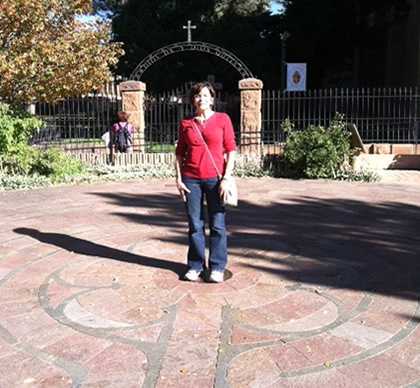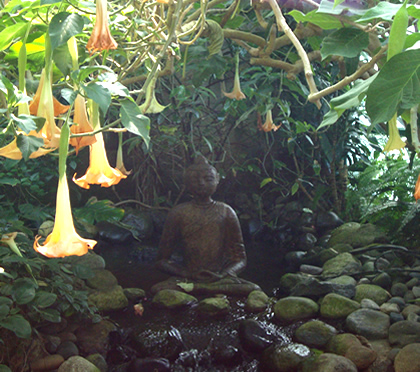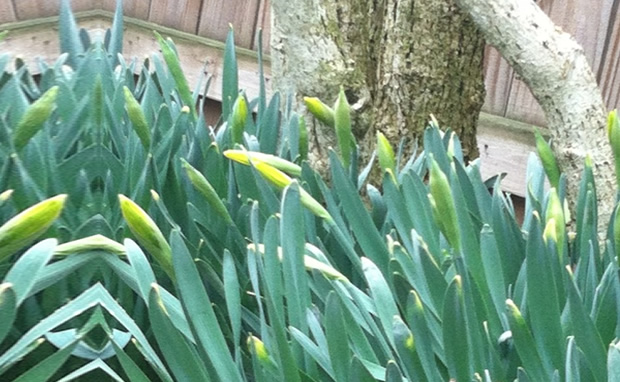
“Understanding the transitory nature of all things is prerequisite to letting go of expectations and attachments.”
The Path of the Yoga Sutras, Nicolai Bachman
Over the past few weeks in yoga classes, I suggested that students focus on the concept of “letting go.” After all, it is spring, and spring brings up the idea of cleaning, letting go of the detritus of winter. At a more internal level, it can mean letting go of those attitudes, habits, behaviors that no longer serve us.
As students discussed that one thing that they would like to let go of, I was reminded of the difficulty of doing this. Letting go of a house filled with things accumulated over a lifetime can feel like a heavy weight when a person wants to downsize to something more modest and easier to keep up. Such a task requires not only much work, but also the giving up of objects that feel connected to family and friends. Even recognizing that the objects are just that – material things – they can come to represent that person who is now gone.
In my last blog, I wrote about the concept in yoga of parinama vada, meaning “everything changes.” This reminds us that all those material things in our world change – the seasons, the weather, a house, ourselves. Even a mountain changes over time, as will our sun.
But yoga also teaches us that there is something which is constant, unchanging. That constant within us is called purusa, which means “that which sees,” or “that which sees correctly.” Unfortunately, the ability of purusa to see correctly is, for most of us, hampered. Purusa can only see through the window of the mind. Yet, past experiences, memories, beliefs, feelings cloud this window with thoughts about what we see in the material world. This happens constantly and most often we are unaware they are obstructing our ability to see clearly.
For example, I am at the food store, and I see a woman I used to work with walking toward me. Our relationship had been difficult, and I had always felt she had been critical of my work. So now, the old feelings are triggered along with these memories. I am seeing her through a window clouded with thoughts and feelings from the past. When she greets me smiling and with a warm hug, my response is hesitant. I cannot see her as she is in the present moment because my mind is so filled with the past.
We have been given the tools of yoga so that we might be able to clean the window of the mind. When purusa can shine, allowing us to see the world clearly, we have the ability to discern the best path for ourselves. We may decide good reasons exist for keeping the house we have been living in for so long, and as a result feel more accepting of our choice.
Alternatively, we may see our best interest lies in letting go so we might have a home easier to manage. In either case, we choose with a sense of acceptance because the clarity of purusa allows us the discernment to choose wisely.
The elegance of yoga rests in the opportunities it offers us to live our lives with greater peace and freedom. It is also the promise for those willing to come to practice with faith, constancy, and a positive attitude.
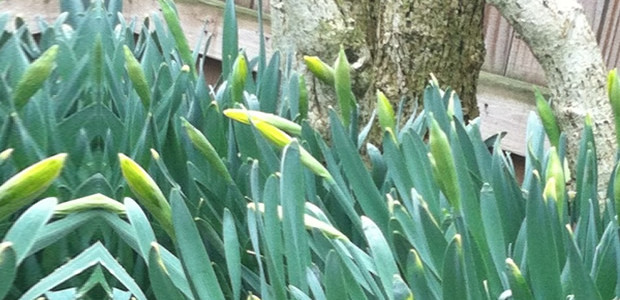
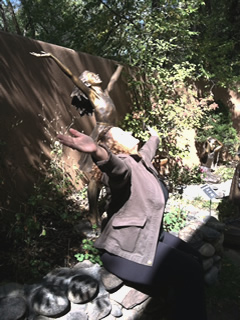 Yoga identifies five dimensions in our human system: the physical or annamaya, the energetic or pranamaya, the intellect or manomaya, the personality or vijnanamaya, and the emotional or anandamaya. The word ananda, in the emotional dimension, is translated as “joy that never stops.” This level of our system is capable of joy because it is not linked to habitual ways of thinking that cause suffering.
Yoga identifies five dimensions in our human system: the physical or annamaya, the energetic or pranamaya, the intellect or manomaya, the personality or vijnanamaya, and the emotional or anandamaya. The word ananda, in the emotional dimension, is translated as “joy that never stops.” This level of our system is capable of joy because it is not linked to habitual ways of thinking that cause suffering. 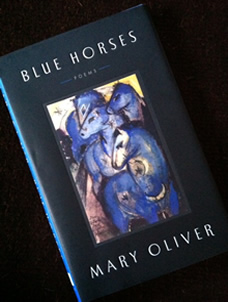 This question has lingered in my mind since it was asked on a form I was filling out for my first reflexology session with my friend and reflexologist Lori Sweet. The question stopped me. I had no idea how to answer it. And, I began to ask myself “what is joy for me?”
This question has lingered in my mind since it was asked on a form I was filling out for my first reflexology session with my friend and reflexologist Lori Sweet. The question stopped me. I had no idea how to answer it. And, I began to ask myself “what is joy for me?”
